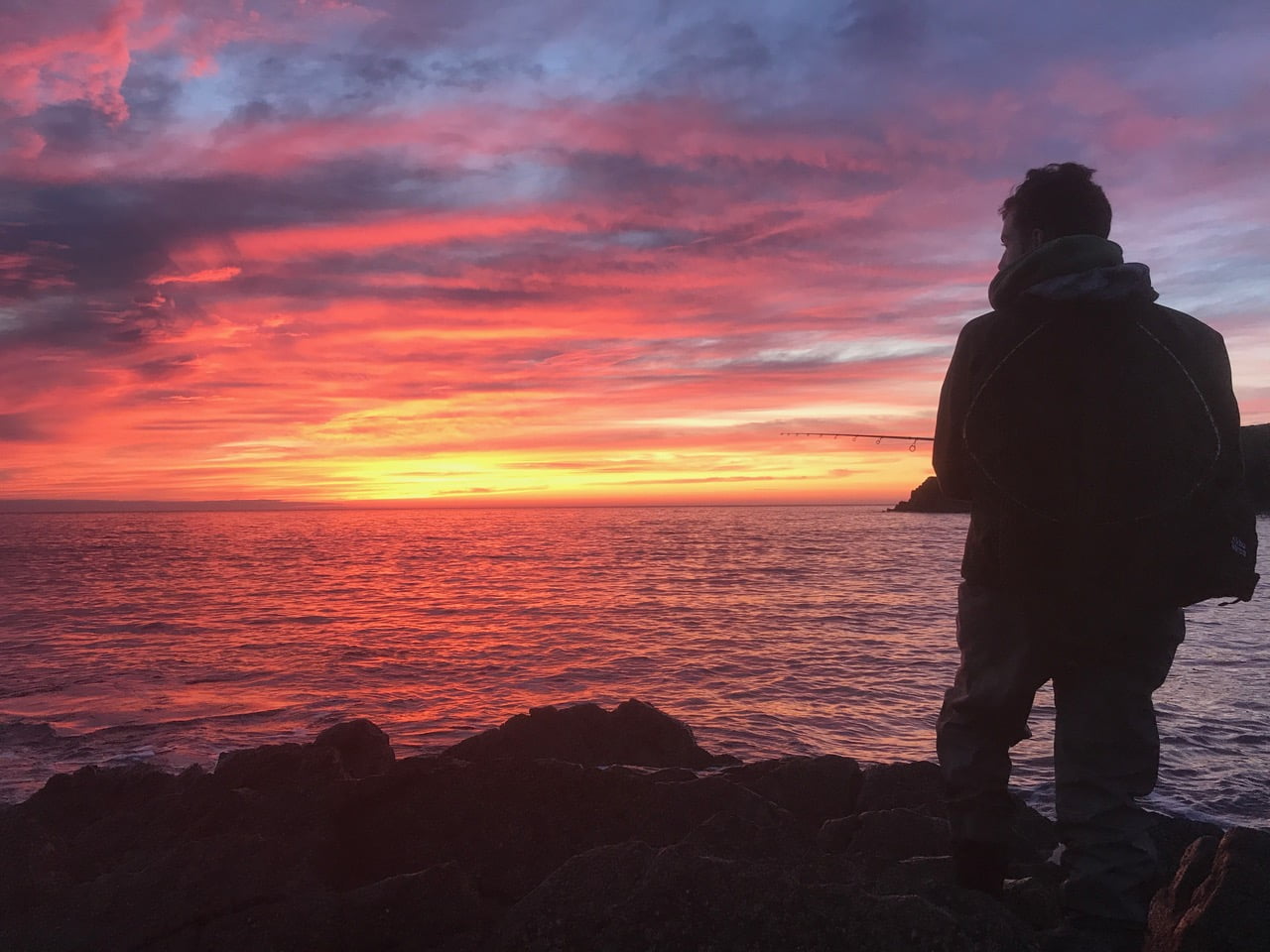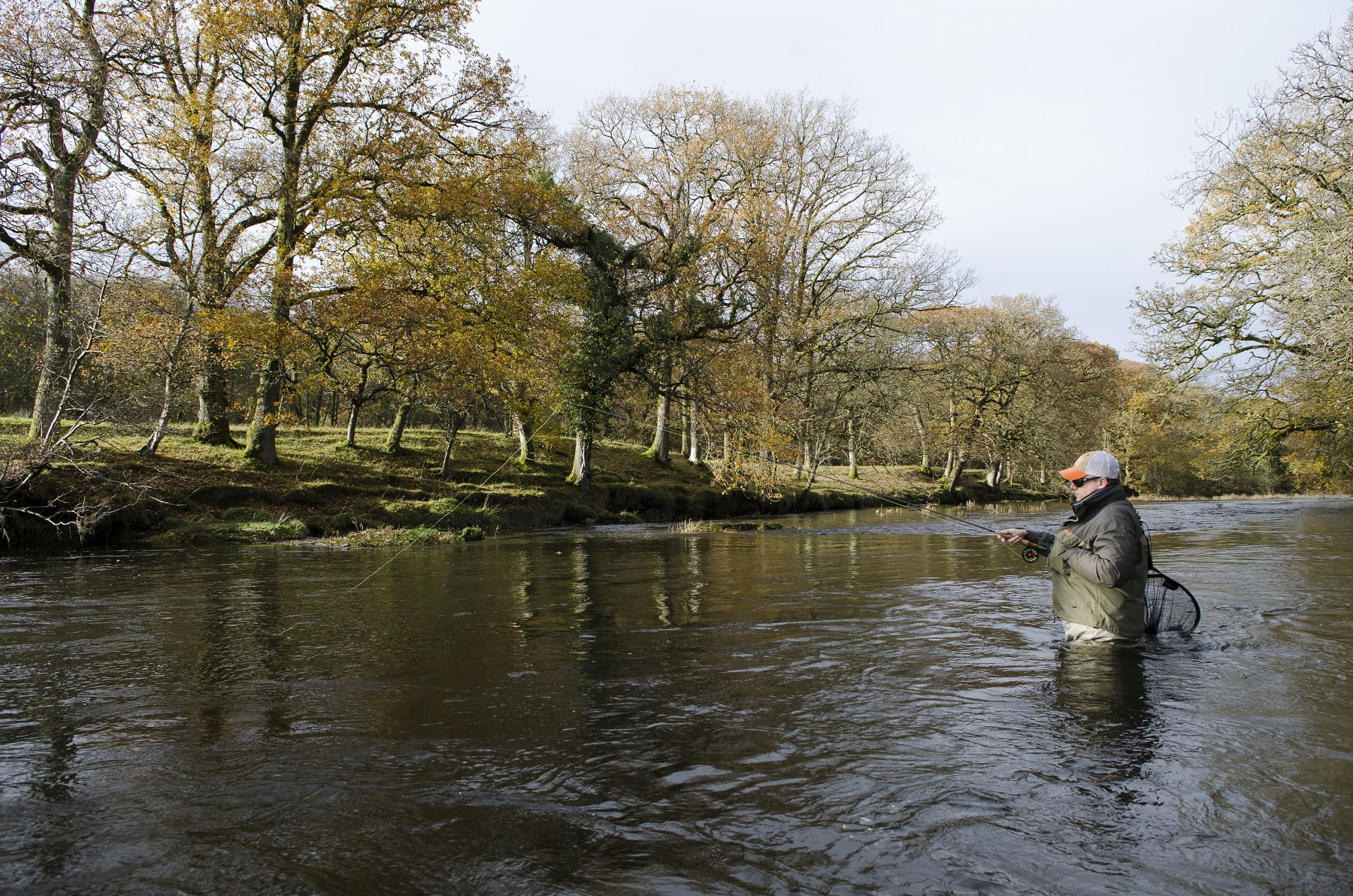Smoothhound Fishing in Wales
Dave Lewis reports on a fish that is increasingly becoming the no.1 shore caught target species in Wales, the widespread and hard-fighting Smoothhound.
Smoothhounds are one of the most popular saltwater species with shore anglers today, and when it comes to targeting these hard fighting fast running members of the shark family, nowhere in the UK offers a better chance of getting hooked up than Wales.
Through my formative years as a sea angler fishing in the 1970s and 80s, smoothhound were something of an enigma here in Wales. The magazines of the day used to publish articles focusing on the incredible sport smoothhounds offered, but almost always these were based at distant locations such as the Thames Estuary and Solent.

It wasn’t until midway through the 80s that I first became aware that smoothhounds could be caught in South Wales. I learned that the Vale of Glamorgan coast hosted an annual run of fish that arrived in late June or July, and remained inshore until the back end of August. At best this gave anglers a six weeks window of opportunity when they had a reasonable shot at hooking a Welsh smoothhound. Aberthaw was the epicentre of the ‘smoothhound run’, and it was here and at marks located a mile or so to the east and west of the areas imposing power station that the majority of fish were caught. At the time smoothhound were almost exclusively caught over rough ground, the thinking being that they moved in to feed upon the crabs, crustacean and other tidbits found over such ground. How things have changed!
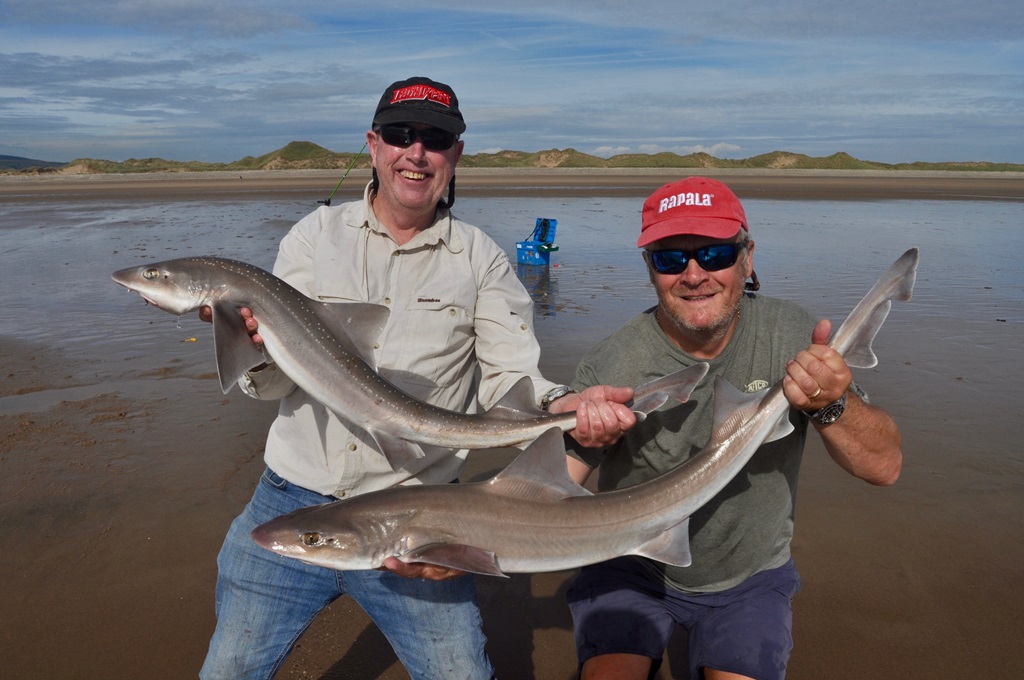
These days smoothounds are caught everywhere in Wales, and I mean everywhere. Plenty of fish are caught as far east as Cardiff Foreshore, and I have heard they have been caught as far up the Bristol Channel as the Prince of Wales bridge. Smoothhounds are caught all along the coast of South Wales and north through Cardigan Bay and beyond to Anglesey, then east towards the Dee Estuary.
Furthermore, each year the fish are arriving earlier and remaining inshore later, and in ever increasing numbers. This year, for example, anglers were reporting the first catches of smoothhounds as early as March, and last year fish were being caught at several locations throughout Wales right up until Christmas.
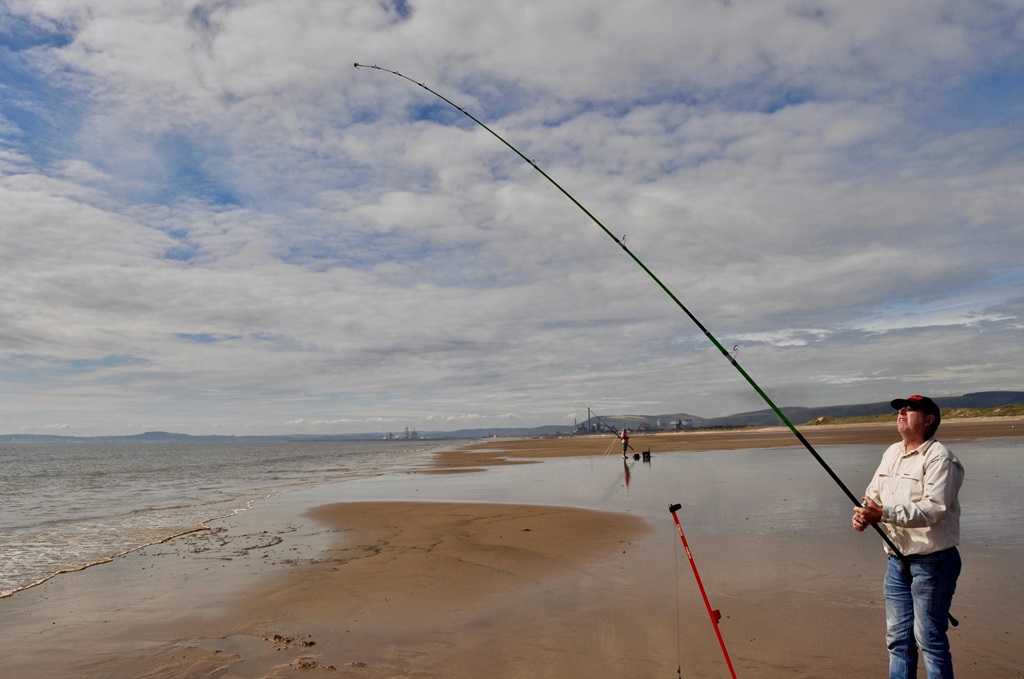
Another interesting fact about smoothhounds is that whereas once they were once considered a fish that could only be caught over rough ground, today this is far from the case. Many impressive catches of fish, which regularly include catches upwards of a dozen fish per angler per session, are being caught from open flat, sandy beaches. Beaches where traditionally anglers fished for species such as bass and flatfish.
Just what it is about such marks that make them so attractive to smoothhounds I don’t really know, as it was always assumed that crab were their primary food source? And here lies another puzzle. Whereas crab used to be considered the most productive bait for smoothhounds, and in all honesty it probably still is, these days smoothhounds are caught on all sorts of bait. Squid is particularly effective, and plenty of smoothhounds are caught on shellfish and even worms. One of the most effective and affordable baits are frozen prawns bought in bulk from Asian food stores.
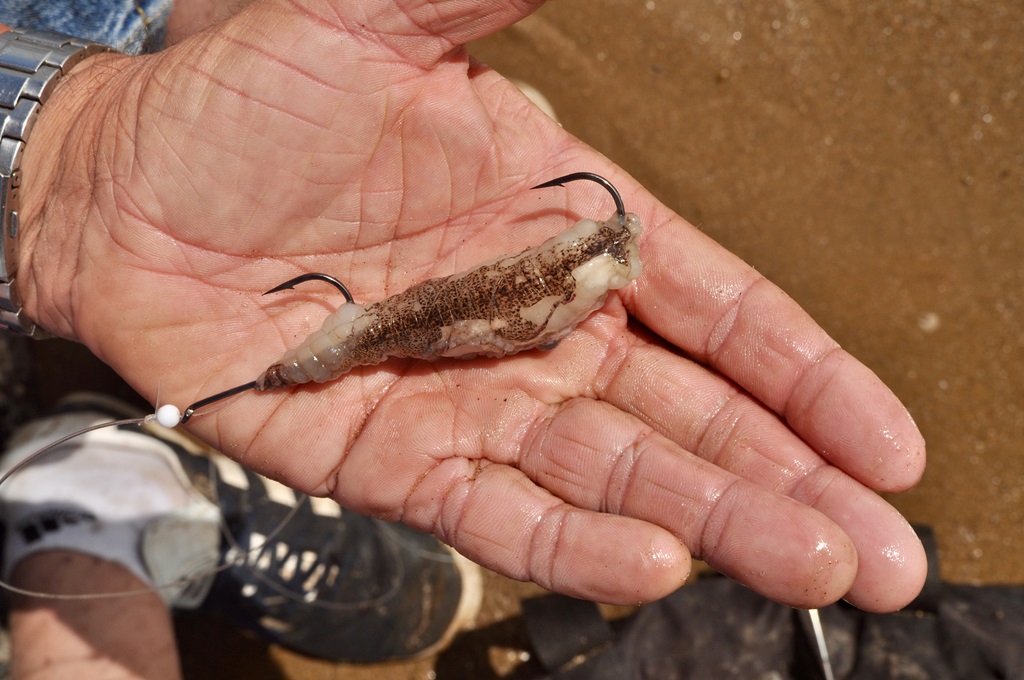
Given the smoothhound’s new found likeness of sandy beaches numerous anglers, myself included, have hooked into fish when fishing an open beach and throughout the entire fight have been utterly convinced that they were fighting a really big bass. Then as the fish was finally brought thrashing into shallow water, to their surprise they discover that they had actually caught a smoothhound. I have caught several smoothhounds fishing bunches of harbour ragworm on small hooks intended for golden grey mullet and flounder!
That smoothhound can now be caught on open sandy beaches is good news for many anglers. As we have seen historically they were very much a fish of rough ground, and fishing rough ground is not without its challenges. For a start actually accessing some of the most productive rough ground marks is at best challenging, with many of the most productive ones being considered inaccessible for elderly, very young or less able anglers. Further, the nature of the ground at such venues means that tackle losses are inevitable. At some marks it is considered normal to lose a lead more or less every cast, along with upwards of half a dozen or more terminal rigs per session.
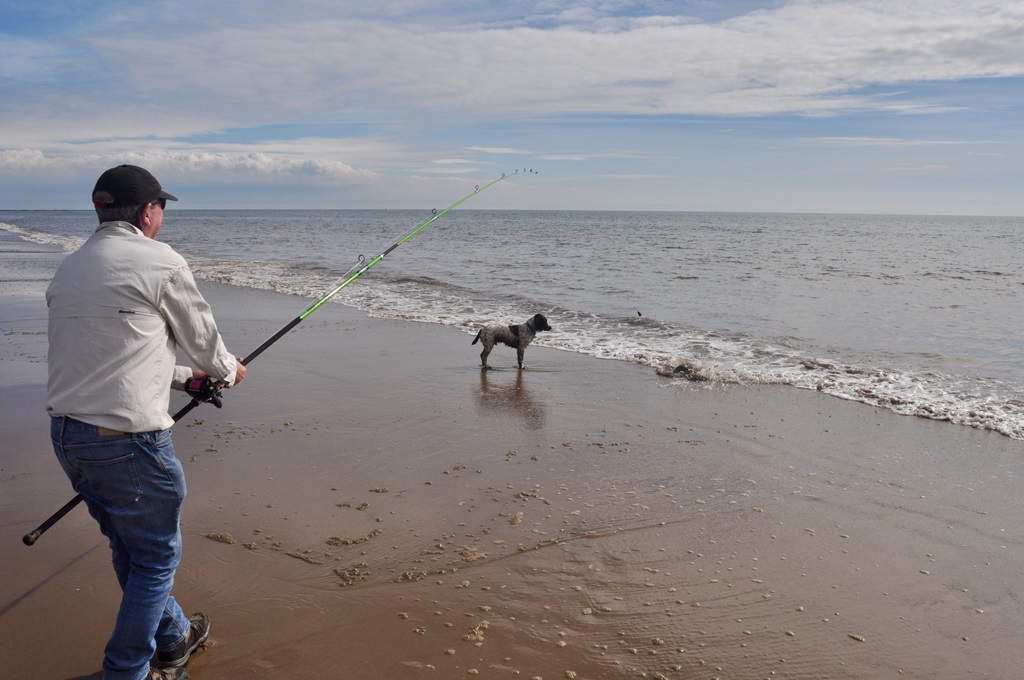
When fishing open sandy ground tackle losses are minimal. More often than not when I fish a surf beach I do not lose a single item of tackle.
The pulley rig is the go-to smoothhound rig for most anglers when fishing rough ground, though over clean ground a fixed paternoster is a better choice. Rigs are tied using 50lb monofilament as a backbone, with 3ft snoods of 50-60lb breaking strain monofilament terminating in a single size 2,0 or 3/0 hook.
Two hook pennel rigs offer a better presentation if fishing larger baits such as squid. Smoothhound do not have the sharp cutting teeth found in most members of the shark family, rather they have flat toughened plates designed for crushing crab, hence heavy monofilament is adequate for hook length, and wire is not needed.
On most of the sandy beaches where I have caught smoothhound you can catch fish on all sizes and stages of the tide, but my preference is to fish a mid-range tide in a sequence building towards springs.

In addition to sandy beaches other easily accessible marks where anglers catch plenty of smoothhound around The Principality include piers, breakwaters and harbour and sea defence walls.
Of course, to find the most productive venues in the areas you are interested in fishing, and exactly when is the best time to fish them, the local tackle shop will always be your best starting pointing.
Plus, of course, it is here that you will be able to obtain your bait along with any other items of tackle you might need, not to mention sage advice that can and often will make the difference between success and failure when you fish.

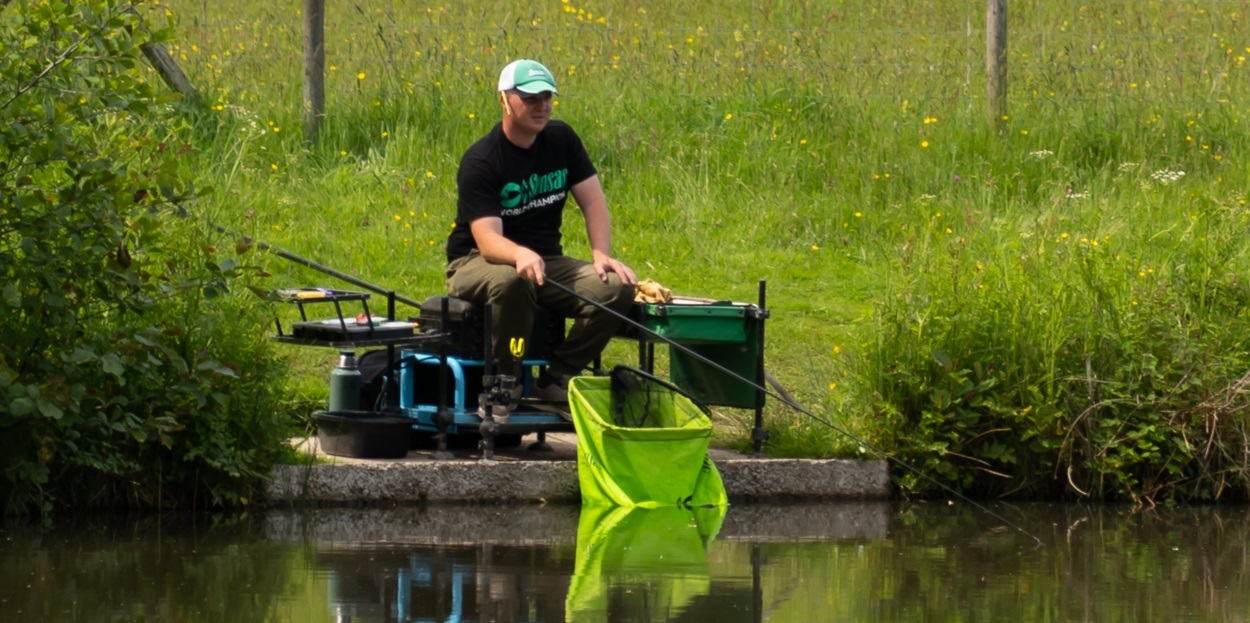
Cast a line and get back to your happy place
As we near National Fishing Month in August, Natural Resources Wales (NRW) invites everyone to experience the joy and…
Read More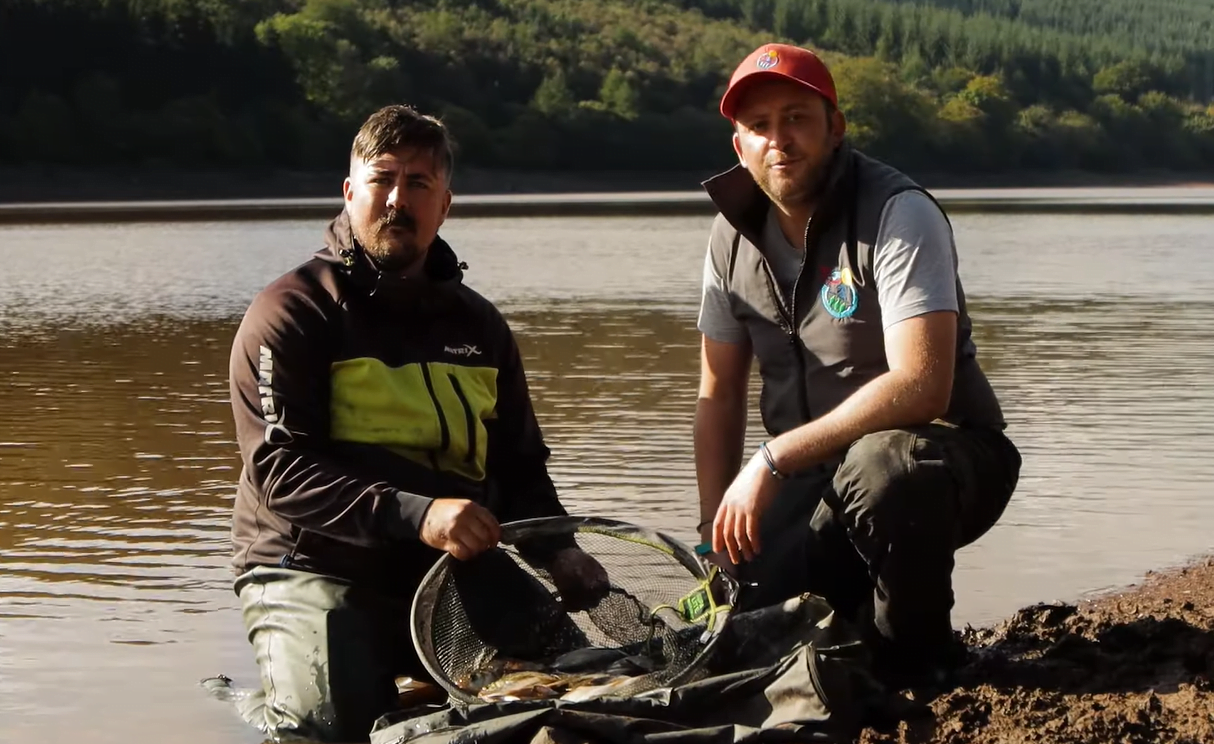
Take A Friend Fishing is Back
‘Take a Friend Fishing’ is on from 27th July to 1st September 2024 for National Fishing Month! Get together with…
Read More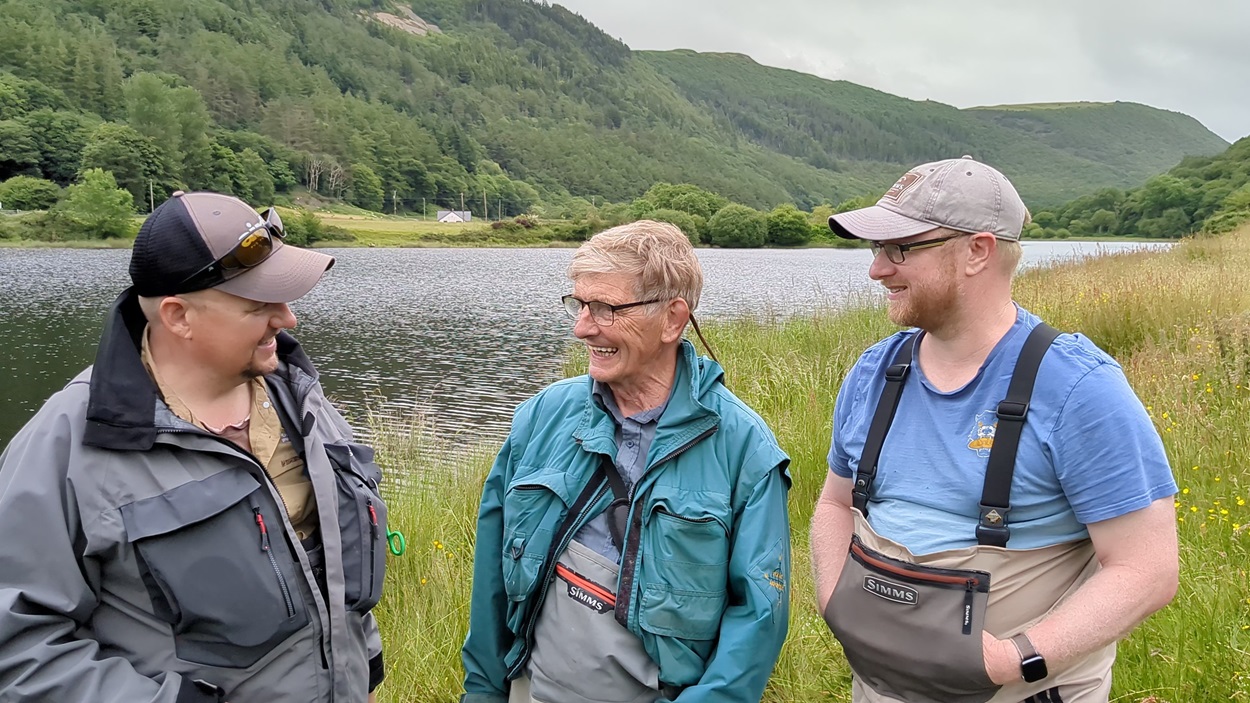
10 Lake Challenge VIDEO - Aberystwyth Angling Association
In this ‘summer special’ video Alan ‘Parf’ Parfitt, Ceri Thomas and Mark Evans take on the ’10 Lake Challenge’ which…
Read More

